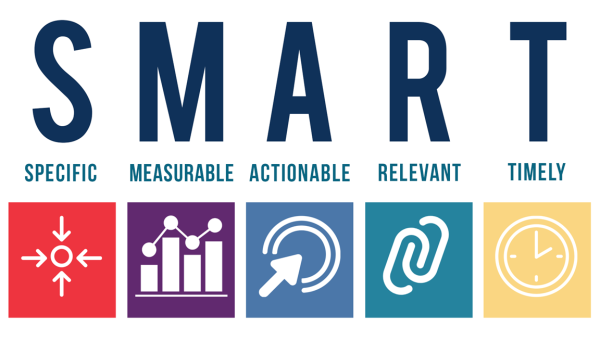Why You Should Take Forensics Next Year at Overbrook High School!
April 4, 2022
Want to have interesting lessons regarding crime scene investigation? Check out Overbrook’s Forensics courses! Forensics I and Forensics II are new science electives which have been introduced this year taught by Mrs. Upsey.
If you are someone who is thinking of having a career in the field of Forensics, these courses could be good choices for you! Forensics Science leads to lots of different career paths such as fingerprint analyst, bloodstain pattern analyst, forensic ballistics expert, forensic documents examiner, forensic DNA analyst, and forensic toxicologist.
These courses provide basic theoretical and practical lessons regarding different aspects of crime scene and how scientific methods are used in identifying the suspect. Real life case studies are also discussed based on the related topics.
Both are advanced level courses. Forensics I is taught during the fall semester and Forensics II is taught during the spring semester. 2.5 credits can be earned upon completion of each course. These courses can be taken independently upon completion of three years of required science course or could be taken concurrently with the third year required science. Forensics I is not a prerequisite of Forensics II, so if you miss out on Forensics I you can take Forensics II during the spring semester.
Forensics I focuses on the following topics:-
The Crime Scene: How CSI (Crime Scene Investigators) experts take photographs, draw sketches, and collect evidence from the crime scene.
Locard’s Principle: Locard’s principle discusses how every contact leaves a trace.
Eye Witness Accounts and Criminal Composite faces: Discusses how eyewitnesses are used while identifying the suspect.
Drugs and Toxicology: How forensic toxicologists investigate various substances to help solve crimes, detect unlawful contamination of the food or water supply, analyze samples from body fluids and tissues to determine the presence or absence of harmful or intoxicating chemicals.
Fingerprint Analysis: How forensic experts use fingerprints in identifying the suspect.
Blood Typing: How blood groups are used in identifying the suspect.
Blood Spatter: Forensic experts analyze blood spatter in a crime scene to identify the nature of accident or crime. The shape and size of the blood droplets can help forensic experts determine the positioning of the victim, the type of weapon used, and the force used in crime.
DNA analysis: Importance of analysis and extraction of DNA in identifying the suspect.
Forensics II focuses on the following topics:-
Computer Crime Tracing, Counterfeiting and Identity: How technology plays an important role in forensics.
Handwriting and Document Analysis: How handwriting and documents in crime scenes provide evidence to solving crime.
Paper and Ink Analysis: This area of forensics is used to identify if one or more ink is used in a document. Ink analysis may be an important part of the investigation of questioned documents, including forged checks, wills, or altered records. Although all blue or black inks may look the same, there can be some important differences in their chemical composition. The ink identification requires paper chromatography.
Soil and Glass Analysis: How soil and glass plays an important role in collecting trace evidence from the crime scene.
Ballistics and Toolmarks: Forensic ballistics involves the examination of evidence from firearms that may have been used in a crime. When a bullet is fired from a gun, the gun leaves microscopic marks on the bullet and cartridge case. A tool mark is any impression or scratch made when contact occurs between a tool and an object. Tool marks can be linked to tools used at a crime scene, and ultimately may be used to help find the suspect who used it.
Forensics Entomology: Forensic entomologists use the presence of insects to help determine the approximate time of death of corpses.
Forensics Anthropology: Forensics anthropology is the examination of human skeletal remains for law enforcement agencies to help with the recovery of human remains, determine the identity of unidentified human remains, interpret trauma, and estimate time since death.






